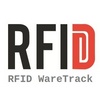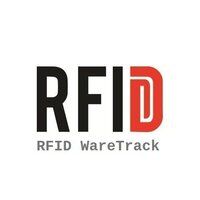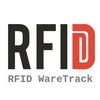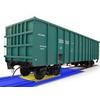Control posts
Control Points for RFID-Based Asset Tracking In a modern railway enterprise, the implementation of RFID technology enables automated, real-time tracking of physical assets throughout their entire lifecycle. One of the core elements of such a system is the deployment of control points — strategically placed RFID portals, readers, and checkpoints that monitor asset movements across the infrastructure.
In a modern railway enterprise, the implementation of RFID technology enables automated, real-time tracking of physical assets throughout their entire lifecycle. One of the core elements of such a system is the deployment of control points — strategically placed RFID portals, readers, and checkpoints that monitor asset movements across the infrastructure.
All RFID control points are connected to the centralized Railway Asset Management System (EAM.Railway) where data is logged, processed, and visualized in real-time. This enables automated reporting, incident alerts, usage statistics, and synchronization with maintenance and financial systems (e.g., ERP or 1C).
The strategic deployment of RFID control points transforms railway logistics, maintenance, and safety management into a transparent and automated ecosystem.
Control Points for RFID-Based Asset Tracking
Applications and Areas of Control
Types of RFID Control Points
Integration and Automation
Benefits






 development
development